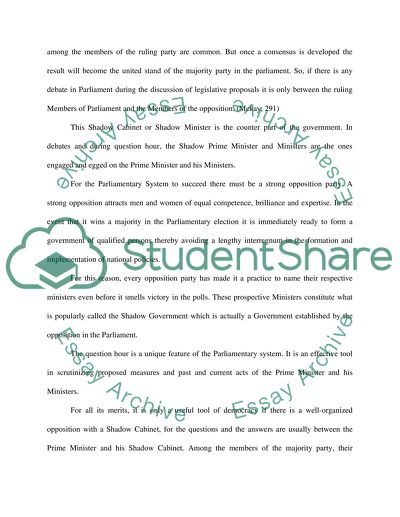Cite this document
(Government Systems Report Example | Topics and Well Written Essays - 1750 words, n.d.)
Government Systems Report Example | Topics and Well Written Essays - 1750 words. https://studentshare.org/politics/1519200-government-systems
Government Systems Report Example | Topics and Well Written Essays - 1750 words. https://studentshare.org/politics/1519200-government-systems
(Government Systems Report Example | Topics and Well Written Essays - 1750 Words)
Government Systems Report Example | Topics and Well Written Essays - 1750 Words. https://studentshare.org/politics/1519200-government-systems.
Government Systems Report Example | Topics and Well Written Essays - 1750 Words. https://studentshare.org/politics/1519200-government-systems.
“Government Systems Report Example | Topics and Well Written Essays - 1750 Words”. https://studentshare.org/politics/1519200-government-systems.


